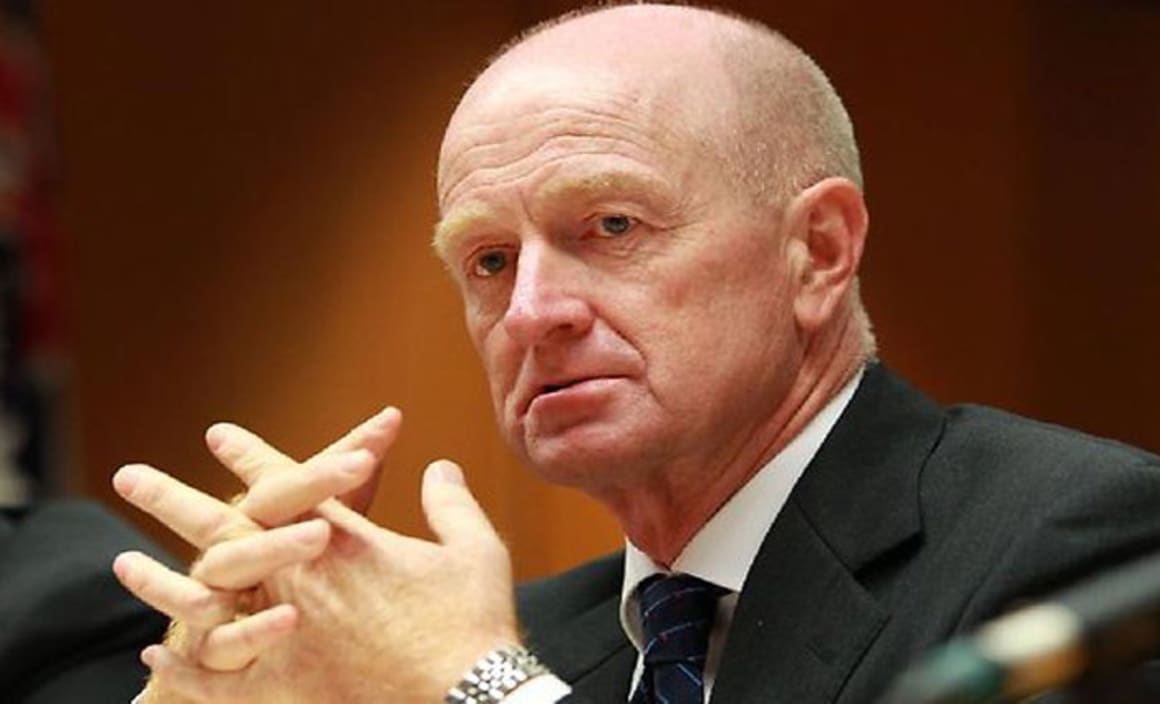RBA's Stevens and Treasury's Ray Sombre update on "Big Forces": Cherelle Murphy

GUEST OBSERVER
RBA Governor Glenn Stevens spoke at an Australian Business Economists dinner and offered a long term look of the big forces, many of them negative, impacting the economic outlook.
When asked about the short term policy outlook, and particularly the February RBA board meeting, Stevens said we should just "chill out" over Christmas and "come back and see what the data say".
Stevens' speech was less positive than the "glass half full" varieties that had been given as recently as 13 October by Deputy Governor Philip Lowe. But his comments were in line with the recent Statement on Monetary Policy in which the RBA's growth and inflation forecasts were lowered.
Crucial to the RBA over the holiday period will be the outcome of the US central bank policy meeting on 16-17 December, the next two Australian labour force reports and the December quarter CPI due on 27 January.
Subject to surprises from those events (especially a continuation of strong employment growth) we maintain our view that in 2016, the Australian economy will be less assisted by 2015's tailwinds. The stimulus from housing and the lower AUD will fade. We also think consumption growth is unlikely to be as strong as the RBA currently forecasts.
We think the inflation outlook provides no impediment to lower rates. And so, we expect the RBA will implement more cuts. As Stevens said tonight, if growth can be dialled-up to wind-in the economy's spare capacity and "make things better", further rate cuts are appropriate. We maintain our view that cash rate will be cut twice by 25bps, most likely in February and May.
Governor Stevens' speech followed an address by Deputy Secretary of the Treasury, Nigel Ray today at the same conference who said that updated population and labour force trends would cause Treasury to downgrade the economy's potential growth. "We now think potential GDP will grow by around 2¾% over the next few years, lower than the 3% estimated at Budget."
This theme was also touched upon by Stevens who reiterated the known weight of the demographic change, but also noted costs such "as the problems of providing retirement incomes" because low yields on fixed income assets mean that it is expensive to purchase a secure stream of future income. He said "this may mean that Australian listed corporates feel the pressure from shareholders to deliver that, even some whose earnings are inherently volatile".
Stevens also pointed to demographic changes in China, which "are not favourable" as China's total working-age population will shrink over the years ahead. He contrasted this with India where the working age population will exceed China's within a decade.
Other influences on growth highlighted by Stevens were;
The closing chapters of the terms of trade event.
Households no longer being able to lead growth by increasing leverage.
The global legacy effects of debt, after a period of over-confidence and under-appreciation of risk.
A disinflationary or deflationary environment for goods and commodities, and even some services, accompanied by unusually low rates of wages growth.
Extremely low returns on safe financial assets.
High and rising valuations on existing fixed assets.
Cherelle Murphy is co-head of Australian Economics, ANZ and can be contacted here.